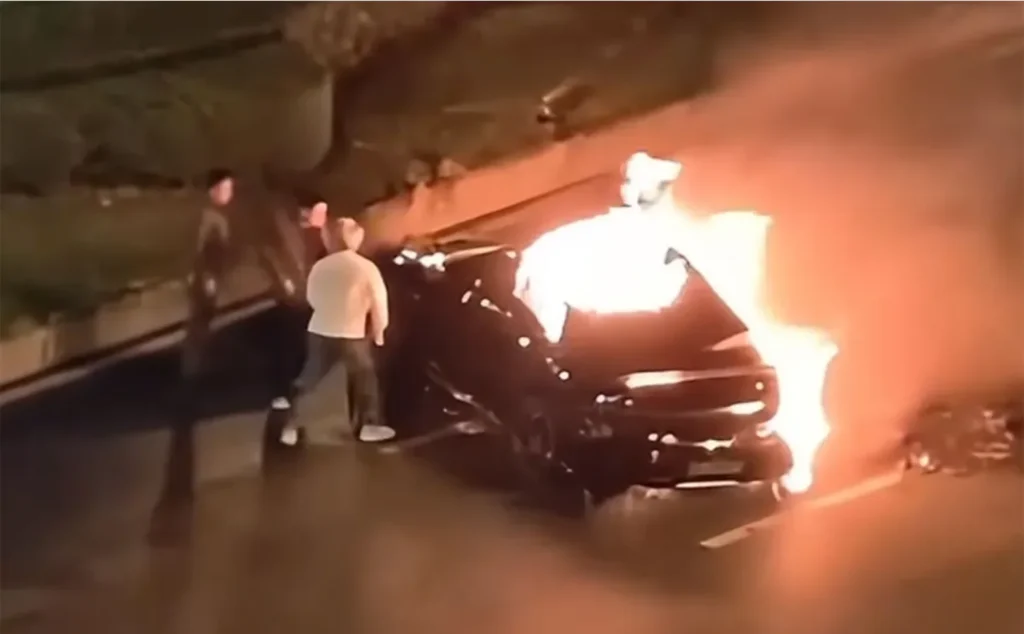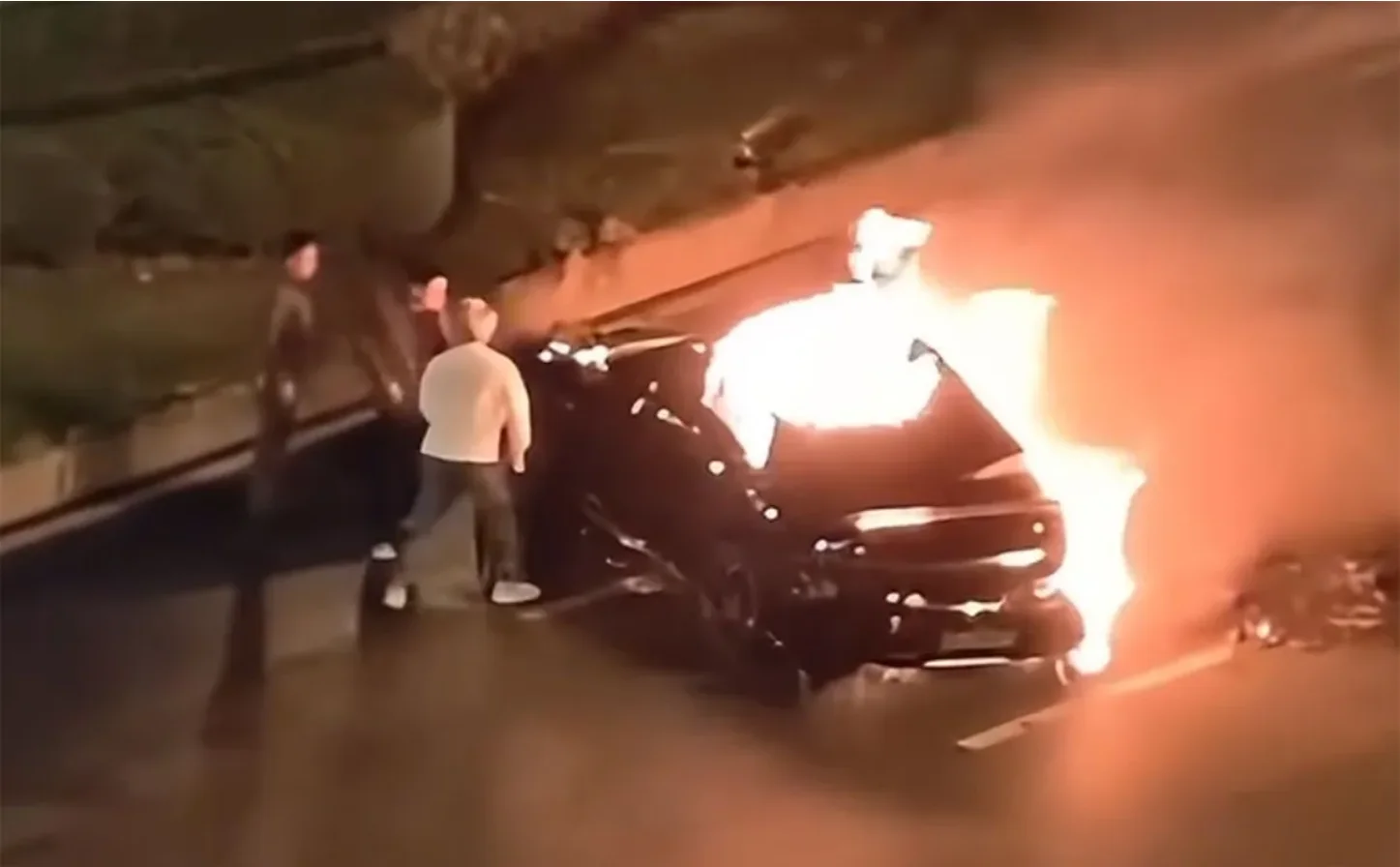Xiaomi SU7 Crash: Doors Failed to Unlock?

Xiaomi SU7 Doors: Automatic Unlock Claimed, But What Went Wrong in Chengdu Tragedy?
A devastating accident in Chengdu has put Xiaomi under the intense spotlight. In the early hours of October 13, 2025, a Xiaomi SU7 Ultra, reportedly traveling at 104 km/h, collided violently on Tianfu Avenue, erupting into flames and tragically claiming the driver’s life. Viral videos from Chinese social media show rescuers desperately trying to open the burning vehicle’s doors, with no immediate success. Xiaomi insists its system automatically unlocks doors after a crash. If that’s true, what went wrong? A tech glitch? Panic on the scene? Or something more concerning? Here at xiaomiforall.com, we’re digging into the facts, raising questions, and demanding answers as the Chengdu police investigate.
The Incident: A Night of Flames
The facts are stark. At 3:18 AM, a Xiaomi SU7 Ultra (license plate 川 AC****9) driven by a 31-year-old identified as Deng 某某, crashed into another vehicle, went over the median, and caught fire. The official police bulletin, issued at 3:18 PM, indicates alcohol influence as a suspected factor. Videos circulating on Douyin clearly show the SU7 overtaking another car at high speed just before the impact, followed by the immediate onset of flames. Four individuals were observed attempting to open the doors without initial success, using fire extinguishers to combat the blaze. This begs the question: why didn’t the doors unlock automatically, as Xiaomi claims they should?

Xiaomi’s Stance vs. On-Scene Reality
Xiaomi’s official response, given to customer service inquiries and posted on Weibo, is firm: “Upon detecting a collision, the SU7 system automatically unlocks all doors, allowing them to be opened from the exterior handle.” This is reportedly backed by the SU7’s manual, which outlines an emergency unlock mechanism and a mechanical lever in each door, functional even without battery power. Our own tests of the SU7 in May 2025 highlighted its excellent safety features, evidenced by its 5-star C-NCAP rating. However, the footage from Chengdu raises critical questions: could the intense heat have damaged the exterior handles? Were the rescuers aware of the internal emergency levers? Or did the system simply fail under such extreme conditions?
A Pattern of Scrutiny?
This isn’t the first time Xiaomi’s automotive tech has faced scrutiny. Back in March, an incident in Anhui questioned its NOA (Navigation on Autopilot) system, leading to a recall of 116,887 vehicles to improve alerts in challenging scenarios. Today, with Xiaomi’s stock dropping 7% in Hong Kong, the pressure is mounting. The company has pledged full cooperation with the investigation, but the lack of immediate information on the vehicle’s logs is fueling speculation. Was this a case of human error, unpredictable circumstances, or a defect Xiaomi is reluctant to admit?
Looking Ahead: The Search for Truth
We’ve always admired the Xiaomi SU7 for its incredible performance – a claimed 1,548 hp and a 0-100 km/h in a blistering 1.98 seconds. It’s a technological marvel. Yet, this tragic accident serves as a stark reminder that perfection remains an elusive goal, even in cutting-edge technology. As we await the official forensic results, we urge Xiaomi to be transparent and release the vehicle’s data. Equally, we encourage SU7 owners to familiarize themselves thoroughly with their car’s emergency systems. Was this a heartbreaking confluence of human error and unfortunate circumstances, or a technological failure? The uncertainty lingers, and only the unvarnished truth will bring closure. Stay tuned to xiaomiforall.com for further updates.




